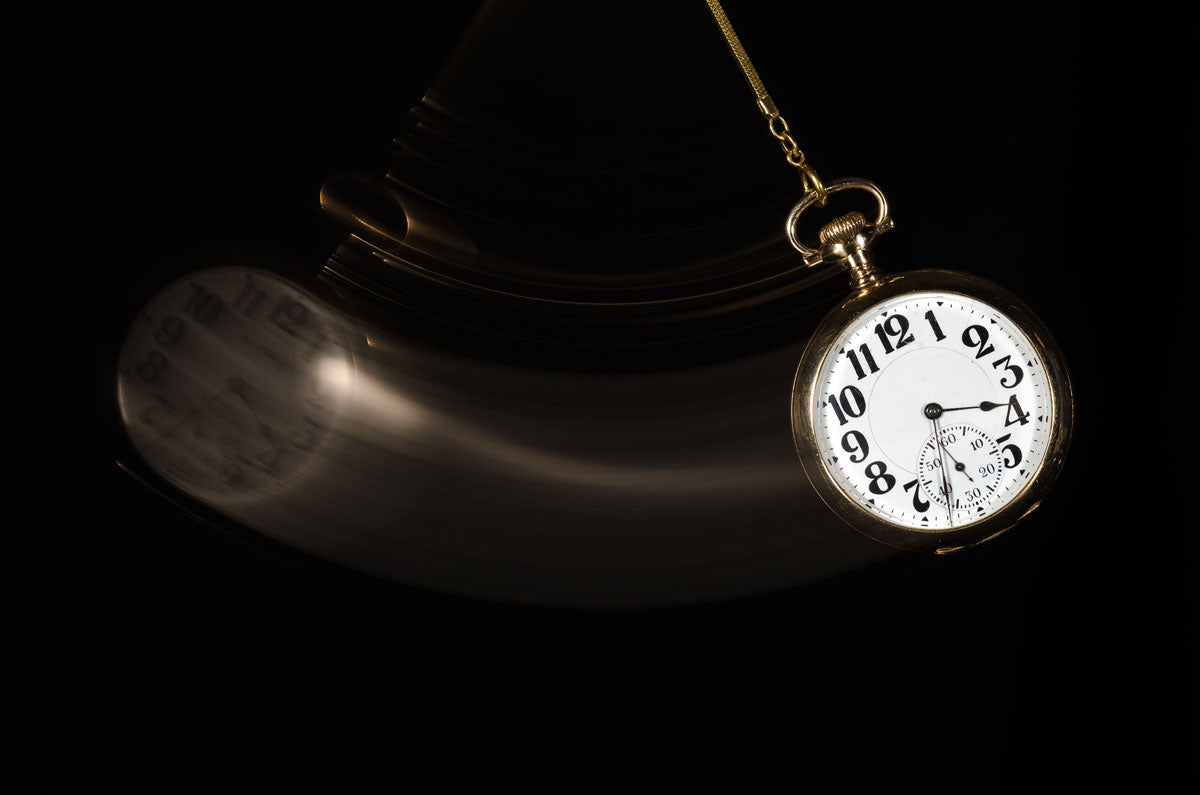
Understanding Hypnosis | More Than What Meets the Eye
WRITTEN BY MADISON SCHMIDT AND DR. SWATHI
What is hypnosis?
When hypnosis comes to mind, you may think of a hypnotist with their hypnosis spiral and swinging pendulum.
While these are tools that historically were used in hypnosis, there is so much more to it. Hypnosis occurs when one falls into a trance-like state with increased concentration. In other words, when hypnotized, the conscious mind is in a “trance” while the subconscious mind has a heightened sense of awareness. Interestingly, the word “hypnosis” originates from the Greek word “hypnos,” which means “sleep”. So even though the mind is at a heightened sense of awareness, physically those who are hypnotized look as if they are sleeping (1,2).
This state of mind allows people to be open to suggestions without their conscious mind taking over. For instance, one area of research looks at using hypnosis for smoking cessation. While being hypnotized, it would be suggested that cigarettes taste bad so that when coming out of the trance cigarettes would seem less appealing. Although this technique has been successful for some patients, due to the lack of extensive research in this area, other conventional methodologies for smoking cessation are commonly used first. Other areas of research that have shown some success include using hypnosis for anxiety, anesthesia during childbirth, incontinence, and for pain relief (3,4,5)!
What are the types of hypnosis?
Today, there are three primary types of hypnosis; traditional, Erkicksonian, and self-hypnosis. Traditional hypnosis focuses more on direct suggestions for a problem such as suggesting cigarettes taste bad to all clients who are trying to quit smoking. Ericksonian hypnosis differs from traditional in that there are creative and indirect suggestions to help a person reach a certain goal. This can be done using metaphors or other motivational factors for that specific client that may not relate to or motivate other clients with the same goal. Since more people are usually more open to a less direct form of hypnosis, Ericksonian hypnosis has gained popularity (1,2).
Self-hypnosis takes the hypnotist out of the picture and focuses on making suggestions to one’s self while coming into a trance. This can be done in a variety of ways but most commonly by the person speaking to themselves with/without a prompt or by listening to a guided audio. Self-hypnosis can be confused with meditation as they both aim to relax yet focus the mind. However, the difference between the two is in the goals of each. Usually, the goal of meditation is to be mindful of the breath, surroundings, feelings and or emotions in the body whereas self-hypnosis focuses on the suggestions being made to reach the end goal (1,6).
What are the myths about hypnosis?
Myth 1: I cannot control when I will come out of hypnosis
This myth tries to peg hypnosis as dangerous by questioning whether someone will be able to come out of hypnosis, especially in an emergency. When in reality, a person can come out of hypnosis simply by opening their eyes.
Myth 2: I have never been hypnotized before
Everyone is hypnotized by themselves at least twice a day one when waking up in the morning and before going to bed. Hypnosis can also be experienced when being drawn into a good book or movie.
Myth 3: Hypnosis is a magical cure
Hypnosis has shown benefit in several areas of research, but even in these areas it is not perfect. For instance, those using hypnosis as a tool to control anxiety may require several sessions and suggestions until their goal is met.
References:
- Garba MH, Mamman M. Hypnosis and hypnotherapy: The role of traditional versus alternative approach. IntechOpen. 2020 March 12.
- Nadeau G. Hypnosis and hypnotism in family medicine: How are they used in a clinical setting? Can Fam Physician. 1992 September; 38: 2075-2082.
- Valentine KE, Milling LS, Clark LJ, Moriarty CL. The efficacy of hypnosis as a treatment for anxiety: A meta-analysis. Intl. Journal of Clinical and Experimental Hypnosis. 2019; 67(3): 336–363.
- Stewart JH. Hypnosis in contemporary medicine. Mayo Clin Proc. 2005 April; 80(4): 511-24.
- Thompson T, Terhuneb DB, Orama C, Sharangparnia J, et al. The effectiveness of hypnosis for pain relief: A systematic review and metaanalysis of 85 controlled experimental trials. Neurosci Biobehav Rev. 2019. April; 99: 298-310.
- Grégoire C, Faymonville ME, Vanhaudenhuyse A, Jerusalem G, et al. Randomized controlled trial of a group intervention combining self‑hypnosis and self‑care: secondary results on self‑esteem, emotional distress and regulation, and mindfulness in post‑treatment cancer patients. Qual Life Res. 2021 February;30(2): 425-436.
- Fox AF, Starks TD. Hypnosis dispelling the top ten myths. HypnoGenesis. 2004 September 30.
--
This article was edited by Dr. Swathi and was written by Element Apothec Scientific Communications Intern, Madison Schmidt. She is a Doctor of Pharmacy (PharmD) student at Southern Illinois University Edwardsville School of Pharmacy in Edwardsville, Illinois.











